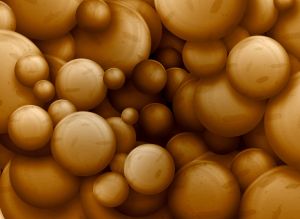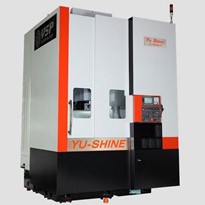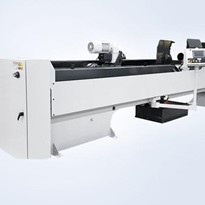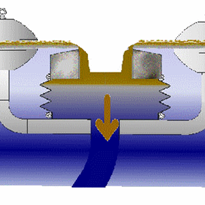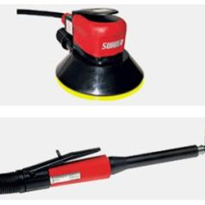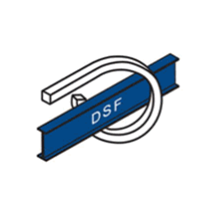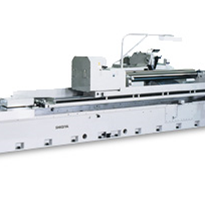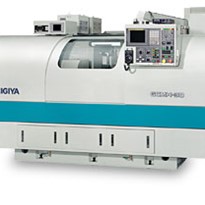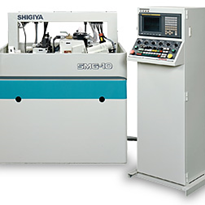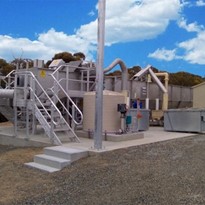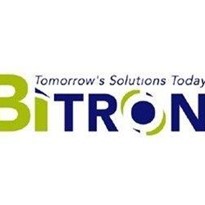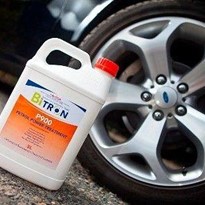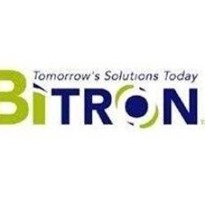The molecules of a metal have positive nucleus at their center. In "orbit" around the nucleus are electrons with a negative charge.
Therefore the outer surface of a metal has an overall negative charge.
A stylized molecule of Bi-tron has an overall positive charge.
As we all know positives and negatives attract. Thus, the positively-charged molecules of Bi-tron will be attracted and "anchored" to the metal's negatively-charged surface.
This creates a uniform layer of Bi-tron over the entire metal surface. The surface of metal is never flat, it is a series of peaks and valleys. If there are any areas of hydrocarbon or rust build-up, the Bi-tron will treat the metal below due to a greater affinity for the metal. This has the effect of displacing the accumulated particles from the metal surface. Without this protection, the asperities or peaks of the metal surface will heat up rapidly when they move close to one another, thus causing friction.
At these high temperatures, normal oil, which is subject to thermal viscosity breakdown, will become thin and disperse, leaving the metal surfaces exposed.
When the two surfaces collide, the impact breaks off one of the asperities which becomes a "wear particle".
However, when Bi-tron is present, the incidence of this is reduced. The Bi-tron is "anchored" to the metal surface protecting it from thermal viscosity breakdown and providing lubrication. This allows the metal surfaces to slide smoothly over one another. In fact, when metal heats up, the molecules vibrate rapidly, "freeing" up even more negative charge. The result is that the positively-charged Bi-tron will be attracted to those areas needing the most protection.


